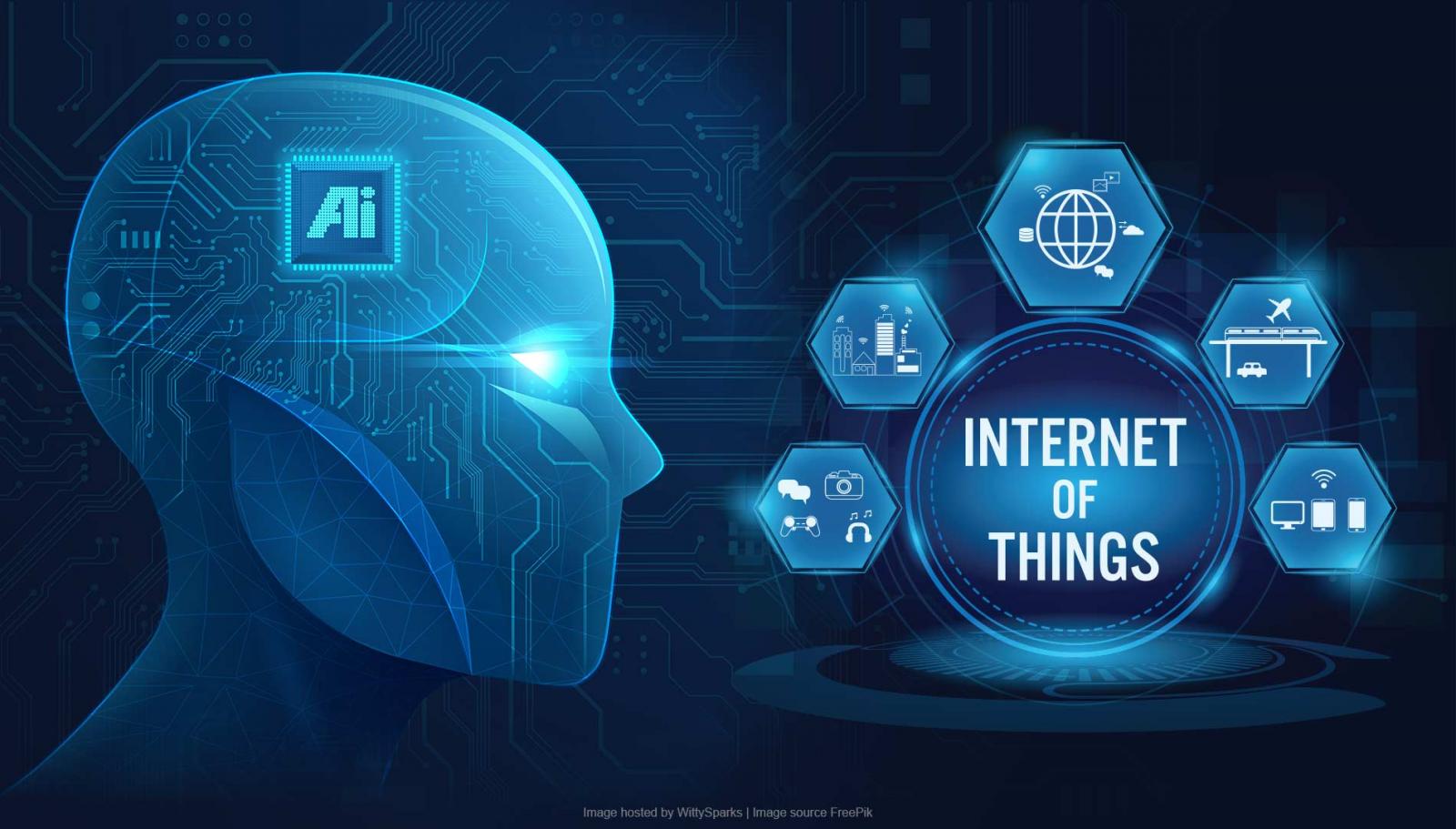artificial intelligence and internet of things
The Internet of Things (IoT) and Artificial Intelligence (AI) have been two of the most significant technological advancements of the 21st century. Combining the two, we get the Artificial Intelligence of Things (AIoT) technology, which promises to change the world in many ways. In this article, we will discuss AIoT and its impact on various industries.
Artificial Intelligence of Things (AIoT) Images

Abstract
The Artificial Intelligence of Things (AIoT) combines the capabilities of AI and IoT to enable intelligent decision-making and automation. AIoT systems incorporate machine learning algorithms that analyze data from connected devices, enabling predictive maintenance, and improving business outcomes. The technology has been adopted in various sectors, including healthcare, manufacturing, agriculture, and transportation.
Introduction
The Internet of Things (IoT) has enabled the creation of smart homes, cities, and workplaces through the interconnection of devices, sensors, and software. The technology has transformed various industries and enabled businesses to improve operational efficiency and productivity. However, IoT has limitations in terms of making intelligent decisions based on the data collected.
On the other hand, AI has revolutionized computing by enabling machines to interpret and understand data, learn from it, and make decisions independently. AI enables predictive modeling, speech and image recognition, and natural language processing, among other applications. Combining AI and IoT, therefore, unlocks the potential for intelligent decision-making and automation.
According to Gartner, the number of connected devices is expected to grow to 20.4 billion by 2020. The rapid growth of IoT has resulted in data proliferation, presenting a challenge in analyzing data and making intelligent decisions. AIoT, therefore, offers a solution to the challenge posed by voluminous data and enables businesses and industries to take advantage of the vast amounts of data available.
Artificial Intelligence of Things (AIoT) Images

Content
The impact of AIoT on Healthcare
AIoT has the potential to revolutionize healthcare by improving patient outcomes and reducing costs. In healthcare, AIoT can be used to monitor patients, predict and prevent diseases, and enhance drug discovery. For instance, wearable sensors can be used to continuously monitor patients’ vital signs and collect real-time data. Machine learning algorithms can then analyze the data and predict the likelihood of a patient developing a particular disease. This information can be used to develop personalized healthcare plans for patients and prevent the onset of diseases.
AIoT can also be used in drug discovery by accelerating the discovery and testing of new drugs. By analyzing data from various sources, AI can identify patterns and insights that can be used to develop new drugs. AIoT systems can also be used to monitor drug efficacy and detect any adverse effects, thereby enhancing patient safety.
The impact of AIoT on Agriculture
AIoT can significantly improve agricultural productivity by enabling precision farming. Precision farming involves analyzing data collected from soil sensors, drones, and weather data to optimize crop yields. AI algorithms can be used to analyze data from the IoT sensors, providing insights into soil nutrient levels, weather patterns, and other factors that affect crop growth. This information can be used to develop customized planting strategies, manage water usage, and optimize fertilization. AIoT systems can also help farmers predict weather patterns and manage pests and diseases, improving crop yield and reducing waste.
The impact of AIoT on Manufacturing
AIoT can enable smart manufacturing by integrating IoT sensors with AI to optimize production cycles. Manufacturers can use AIoT systems to predict machine maintenance requirements and prevent downtime, reducing production costs. Machine learning algorithms can also be used to analyze production data and provide insights into process optimization. AIoT systems can also enable predictive quality control by analyzing data from various sensors and ensuring that products meet quality standards.
Additionally, AIoT can be used to enhance worker safety in manufacturing by monitoring worker movements and detecting any potential hazards. AIoT systems can also be used to track equipment and tools, reducing the risk of loss or theft.
The impact of AIoT on Transportation
AIoT has the potential to revolutionize the transportation industry, enabling the development of smart cities and connected vehicles. By integrating IoT sensors and artificial intelligence algorithms, transportation systems can optimize traffic flow, reduce congestion, and improve overall safety. For instance, real-time data from traffic cameras and other sensors can be used to predict traffic congestion and reroute traffic to reduce delays.
AIoT can also be used to optimize public transportation systems by analyzing ridership data and developing customized routes and schedules. Connected vehicles can use IoT sensors to communicate with each other regarding traffic patterns and road conditions, improving safety and minimizing accidents.
Artificial Intelligence of Things (AIoT) Images

Conclusion
Artificial Intelligence of Things (AIoT) technology is a game-changer in various industries. By integrating AI and IoT, businesses can optimize processes, reduce costs, and enhance overall efficiency. The technology has been adopted in healthcare, manufacturing, agriculture, transportation, and other industries, enabling predictive maintenance, precision farming, smart manufacturing, and connected transportation.
The AIoT market is expected to grow to $16.2 billion by 2025, indicating the potential for the technology in various industries. The adoption of AIoT will require businesses to invest in IoT sensors, cloud services, edge computing, and AI-powered analytics. However, the benefits of AIoT technology outweigh the costs, and businesses can expect significant returns on investment.

Source image : www.pinterest.com

Source image : crowdforthink.com

Source image : www.infomance.com


